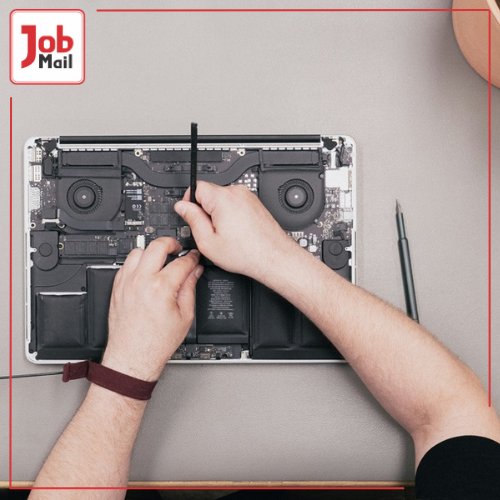Want to know what kind of roles exist within the field of web development? Understanding the different types of web development roles can help you find your niche and navigate a career path in the ever-evolving digital landscape. Whether you’re just starting out or looking to pivot in your career, knowing the various web development roles available can be a game-changer. Explore the exciting world of IT and Computer roles and find opportunities on Job Mail.
 Photo by Christina Morillo on Pexels
Photo by Christina Morillo on Pexels
Exploring Different Types of Web Development Roles
Web development is a diverse and dynamic field, encompassing a range of roles that cater to various aspects of creating and maintaining websites and applications. Here’s a detailed look at some of the most common types of web development roles you might encounter:
1. Front-End Developer
These types of developers are responsible for designing and implementing the visual aspects of a website. They work on the client side of web development, ensuring that users have a seamless and engaging experience. Key skills include proficiency in HTML, CSS, and JavaScript. They often use frameworks like React or Angular to enhance functionality and responsiveness.
2. Back-End Developer
They focus on the server side of web development. They handle the logic, database interactions, and server configurations that power the functionality of a website. Their expertise lies in server-side languages such as PHP, Ruby, Python, or Java, and they work with databases like MySQL or MongoDB to manage and store data.
3. Full-Stack Developer
The developers are versatile professionals who can handle both front-end and back-end development tasks. They possess a broad skill set that allows them to work on all aspects of a web application, from user interfaces to server management. Their ability to understand both client and server sides makes them valuable assets in any development team.
4. Web Designer
While web designers focus primarily on the aesthetics of a website, their role often overlaps with front-end development. They are responsible for creating visually appealing and user-friendly designs. Skills in graphic design, user experience (UX) design, and proficiency with tools like Adobe Photoshop or Sketch are essential for this role.
5. UX/UI Designer
The designers specialise in improving user experience and interface design. They work on creating intuitive and engaging user interfaces, conducting user research, and implementing design principles to enhance usability. Their work ensures that websites are not only visually appealing but also easy to navigate and use.
 Photo by Cottonbro Studio on Pexels
Photo by Cottonbro Studio on Pexels
6. Web Developer
A general web developer may work on both front-end and back-end tasks but doesn’t specialise in either area. They often handle a variety of tasks, from coding and testing to debugging and deploying websites. This role requires a broad knowledge of web technologies and problem-solving skills.
7. DevOps Engineer
They focus on the deployment and operations aspects of web development. They work on automating processes, ensuring system reliability, and managing infrastructure. Their role involves a deep understanding of both development and IT operations, with skills in tools like Docker, Kubernetes, and CI/CD pipelines.
8. Content Management System (CMS) Developer
CMS developers specialise in working with platforms like WordPress, Joomla, or Drupal. They create and customise content management systems to meet specific needs. This role involves a mix of development and design skills, along with a strong understanding of how CMS platforms function.
9. Web Application Developer
Web application developers focus on creating complex web-based applications that offer interactive and dynamic functionality. They often work with frameworks and technologies that enable rich user experiences, such as JavaScript libraries (React, Angular) or server-side technologies (Node.js).
10. E-Commerce Developer
These developers specialise in building and maintaining online stores and shopping platforms. They work with platforms like Magento, Shopify, or WooCommerce to create secure and user-friendly shopping experiences. Skills in payment integration, product management, and user experience are crucial for this role.
Understanding the different types of web development roles is essential for anyone looking to build a career in this dynamic field. Whether you’re interested in front-end design, back-end logic, or a blend of both, there’s a role for you in the web development landscape. Discover the fascinating fields of computer and IT jobs, and use Job Mail to identify new openings.





